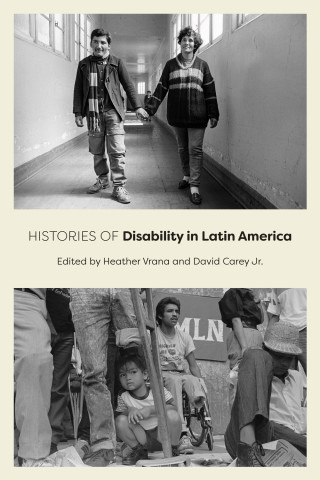
Reviews
Paul Mattingly presents a thoroughly researched social history of Leonia that challenges the critique of suburbia as lacking in community... The author's use of artistic images, oral histories, and contemporaneous newspaper accounts are instructive. His frequent focus on personalities is an appealing technique that helps to hold the reader's interest and move the story forward.
This book makes several important arguments that add complexity to the suburban historiography,... especially in its nuanced exploration of how a suburban imaginary sprang from local soil but planted itself deeply in the national consciousness.
Presents readers with an alternative way to understand suburbs as communities in which people live and shape their desires, not merely as places under (sub) a city (urban)... The role of cultural memory in a small community's development and of how politics may be conceptualized through that memory, are both interesting and relatively unexplored avenues for understanding community development. It is this approach that makes Suburban Landscapes a valuable contribution.
The inclusion of suburban imagery, ideology, and informal and formal organizations provides a significant contribution to suburban history and serves as a model for unraveling the suburban experience.
Mattingly manages the rather neat and absolutely essential trick of keeping broad themes and the richness of local context and detail in view at the same time, shifting effortlessly from one to the other and thus conveying respect for both dimensions.
Book Details
Introduction
Chapter 1. Dutchness and the English Neighborhood
Chapter 2. The Village as as Voluntary Organization
Chapter 3. Village Landscapes
Chapter 4. The Trolley Produces a Country Town
Chapter
Introduction
Chapter 1. Dutchness and the English Neighborhood
Chapter 2. The Village as as Voluntary Organization
Chapter 3. Village Landscapes
Chapter 4. The Trolley Produces a Country Town
Chapter 5. Country Landscapes, Bohemian City
Chapter 6. The Middle-Class Zone
Chapter 7. The Political Culture of Suburban Professionals
Chapter 8. The Ideology of the Civic Conference
Chapter 9. The Modernization of Suburban Memory
Chapter 10. Recovering Suburban Memory 434
Epilogue
Appendices





